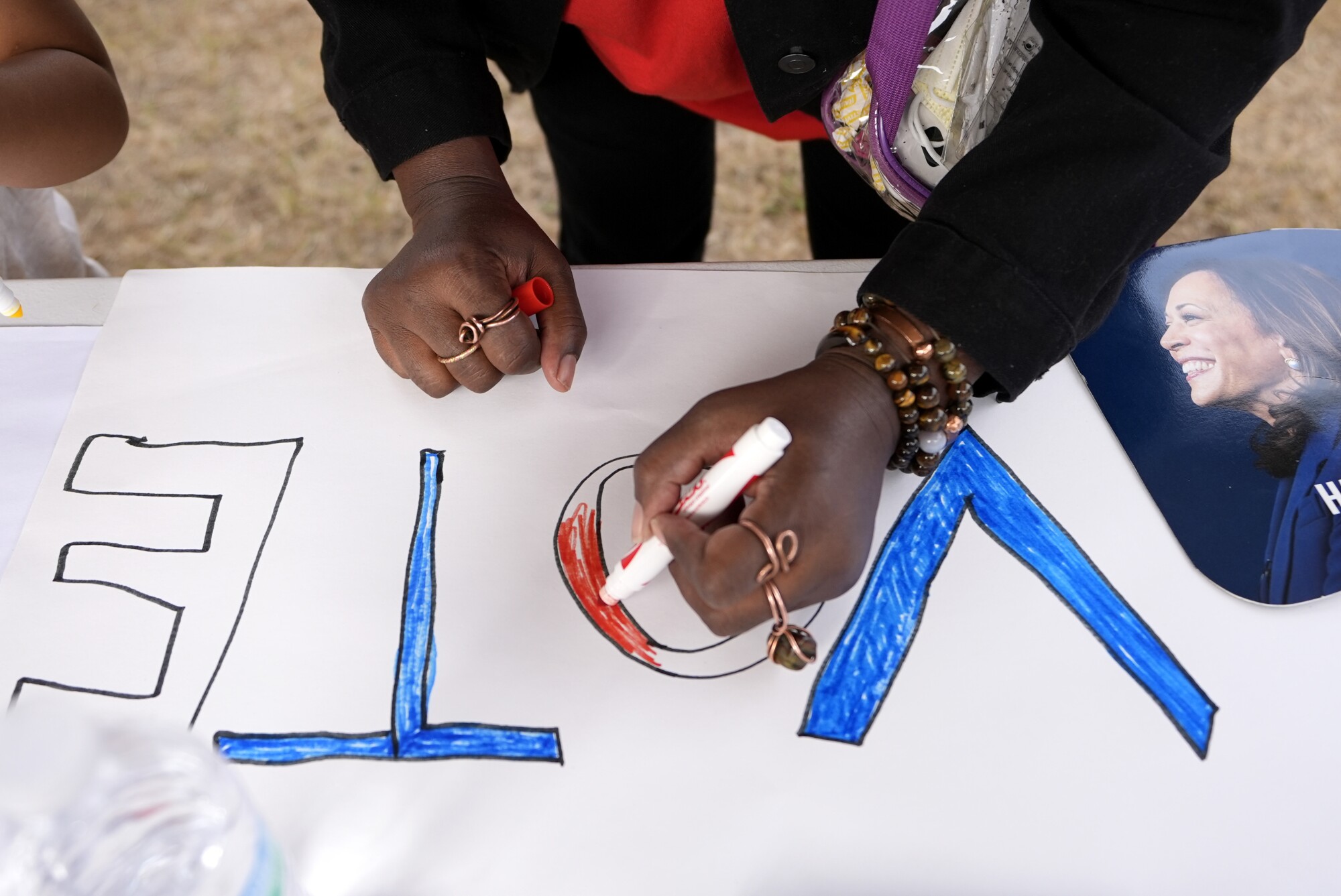News: Democratic Candidates Say They’re Being Neglected by the Party (7/10/2025)

Michelle Kang knows firsthand how the Democratic Party’s fixation on the top of the ticket can hurt down-ballot candidates like her.
Just last year, the state House candidate was in the home stretch of her competitive race when Kamala Harris arrived in Georgia for a major rally. The event attracted so much attention that Kang’s own volunteers ditched plans to knock doors for her state House campaign and instead attended the vice president’s event, leaving the local candidate’s political operation in a lurch.
“We feel like we were left behind by the presidential election,” said Kang, who ultimately lost the election. “All the attention, money, manpower were concentrated on the presidential election candidates.”
Kang and other Democratic officials say the party has too often neglected local races like hers. They say the Democratic Party — including its donors, strategists, and allied groups — have for years sent their money and support to high-profile national races while ignoring key local ones, ceding ground to Republicans on school boards and in state legislatures. The result isn’t just losing those races — it’s doing long-term damage to the party’s brand and shrinking its pipeline of future candidates.
“There are a ton of new and different kinds of candidates stepping up to run, but frankly the infrastructure is not there to support them,” said Denise Feriozzi, co-founder and executive director of the Pipeline Fund, which directs funding and support to progressive candidates.
Feriozzi’s group conducted a poll of almost 1,000 local Democratic candidates who ran in 2024, including those who ran at the state, county and municipal levels, to find out how the party could better support them.
Its findings were stark: About half of the candidates, 49%, reported that they had some, very little or none of the support they needed last year. Only 37% said they received help mobilizing volunteers from third-party groups, and only 23% said they received fundraising support.
Another quarter of the candidates said they had to take a pay cut, scale back or outright leave a position during the campaign, with a majority saying that it was difficult to run for office while maintaining a balance with their work and personal lives.
Perhaps most alarmingly for Democrats, about 60% of the candidates said they had faced some form of harassment on the campaign trail. Thirty percent of the candidates who said they had faced harassment decided to stop campaigning by themselves as a result, and roughly 20% said they had installed home-security measures or called local law enforcement.
The poll’s findings on harassment “match with the reality on the ground,” said Feriozzi, who added that it underscores the need for progressive infrastructure to support them.
“A little goes a long way here,” she said. “There are over 81,000 school board races across the country, some of them could be won by five votes. And some of those races cost $1,000.”
“If we could take the billions of dollars we’re spending on federal races and just make a small shift in supporting down-ballot candidates and an infrastructure, we could make a massive difference,” she added.
The call for more support down the ballot from Democratic donors and organizations comes amid a broader reassessment of the party’s political ecosystem after Donald Trump’s presidential victory last year and a larger frustration that Republicans had made surprising inroads with some of Democrats’ core party constituencies.
That’s given Feriozzi and other like-minded officials an opening to argue that the party needs to rethink not just its message and candidates but the types of races that receive institutional support, including those that normally don’t draw national attention.
Those calls are growing especially urgent at the statehouse level, as the party starts to eye the congressional redistricting process in 2030 controlled by state legislatures and governors. Many party strategists think Democrats have bumbled the last two rounds of redistricting, after 2010 and 2020, in part because it didn’t win enough state legislative races.
“For decades, Republicans have dominated in the states while Democrats have fumbled the ball with a failing federal-focused strategy,” said one Democratic strategist, who requested anonymity to speak candidly about party strategy. “Democrats’ failure to match the GOP’s war chest down-ballot has repeatedly cost us winnable races and sacrificed control of so many statehouses, as well as redistricting. If Democrats are serious about retaking and actually maintaining control of Congress, they need to focus on winning legislatures ahead of redistricting now.”
The Republican State Leadership Committee, which helps fund state GOP legislative candidates nationwide, has outraised its counterpart, the Democratic Legislative Campaign Committee, by more than $100 million over the last decade, according to a Democratic source tracking the fundraising. Already in 2025, the RSLC raised another $13 million in the first three months of the year.
Fundraising concerns run deep among many state House candidates, especially those running for office for the first time.
“Fundraising for a campaign like this was entirely new to me and the prospect of raising close to $1 million, which is what I ended up raising, was pretty intimidating,” said Hadley Haas, who last year ran for a Pennsylvania state House seat west of Pittsburgh. “I don’t have a Rolodex that runs deep with millionaires or people who are even used to giving to political campaigns.”
Haas, who lost her race by a single-digit margin last year, said all the time she spent raising campaign funds could have been used instead to talk to voters. And the fundraising challenges are only part of the issue for many candidates, including parents, who must balance the demands of an often all-consuming campaign with family responsibilities.
“It’s so daunting, when people start throwing the numbers at you, to even think about doing this,” she said. “The more support there is, the more mentorship that’s available for people, I think the more people will be able to step up and do this.”
Read the full article here.

